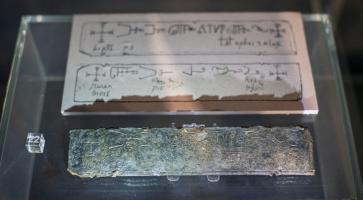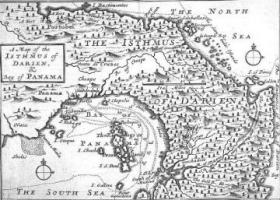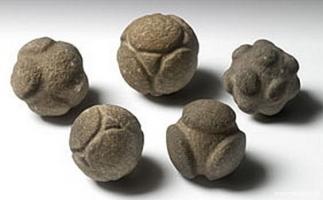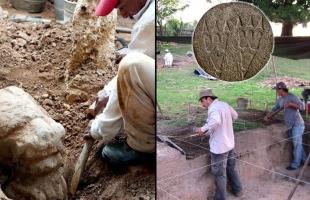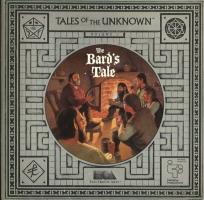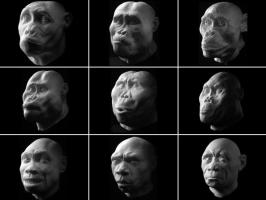The Mystery of El Cano, Panama's Unknown Civilization
In 2010, within Panama's Cocle province, an important archaeological find was unearthed: a pre-Columbian cemetery dating from 400 to 900 AD, coinciding with the peak of the Mayan civilization. This discovery offers evidence of a sophisticated society previously unknown to scholars.

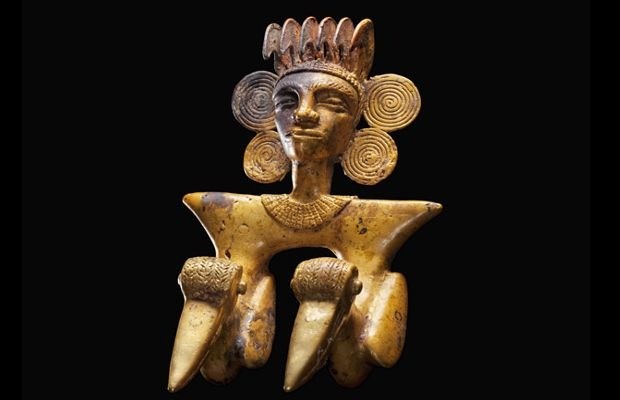
In an excavation carried out in Caño de Nata in collaboration between the National Geographic Society, the National Institute of Culture of Panama and the National Secretariat of Science, Technology and Innovation, researchers brought to light a real treasure.
The cemetery discovered by archaeologists preserved numerous still unknown bodies and gold artifacts from a pre-Columbian culture.
The tombs are located at different levels of depth and those of the warriors are literally submerged in gold, making the discovery one of the richest in recent archaeological history.
The extraordinary quantity of gold found in Caño de Nata shows how important the precious metal was to those societies and how it was used as an indicator of status. Among the various jewels and artifacts found, some represent strange mythological entities that are half human and half animal, similar to modern werewolves and vampires.
The analysis of the finds has suggested that it was a hierarchically organized population, which probably reached the peak of its development between 400 and 900 AD, parallel to the peak of the splendor conquered by the Maya.
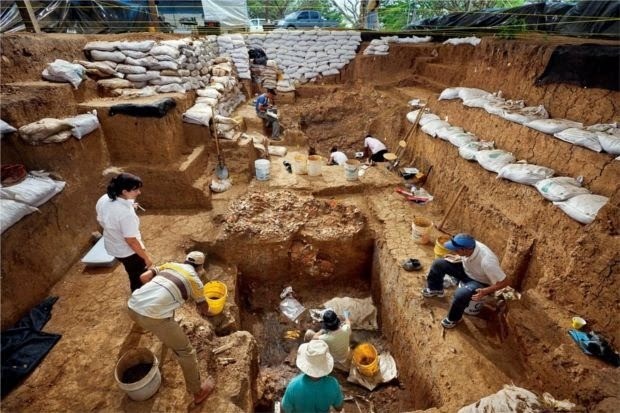
A decidedly unusual aspect was the discovery of the bones of a very poisonous puffer fish in the tombs. According to the researchers, this could mean that the animal's venom may have been used for ritual murder. All the bodies are surrounded with pieces of ceramic for reasons researchers do not know.
Experts from the Smithsonian Institution analyzed the finds discovering that the gold used was mined and worked in the region, putting an end to the belief among some archaeologists that the Panama treasures had been imported from the south, where presumably older cultures resided.
While the natives of the area may have lived in simple huts, they were advanced and sophisticated enough to develop a class of master craftsmen capable of producing extremely fine art.
Unfortunately, not much is known about the culture that created the cemetery. The only thing known is that the Nata people lived in this territory, the first people the Spanish encountered when they conquered the area. However, their destruction was so complete that to this day it is not even known what language they spoke.
Researchers hope to be able to find other finds and tombs, so as to shed light on this ancient people forgotten in the folds of history. The cemetery may contains around twenty additional rulers' graves, similar to those already excavated.










